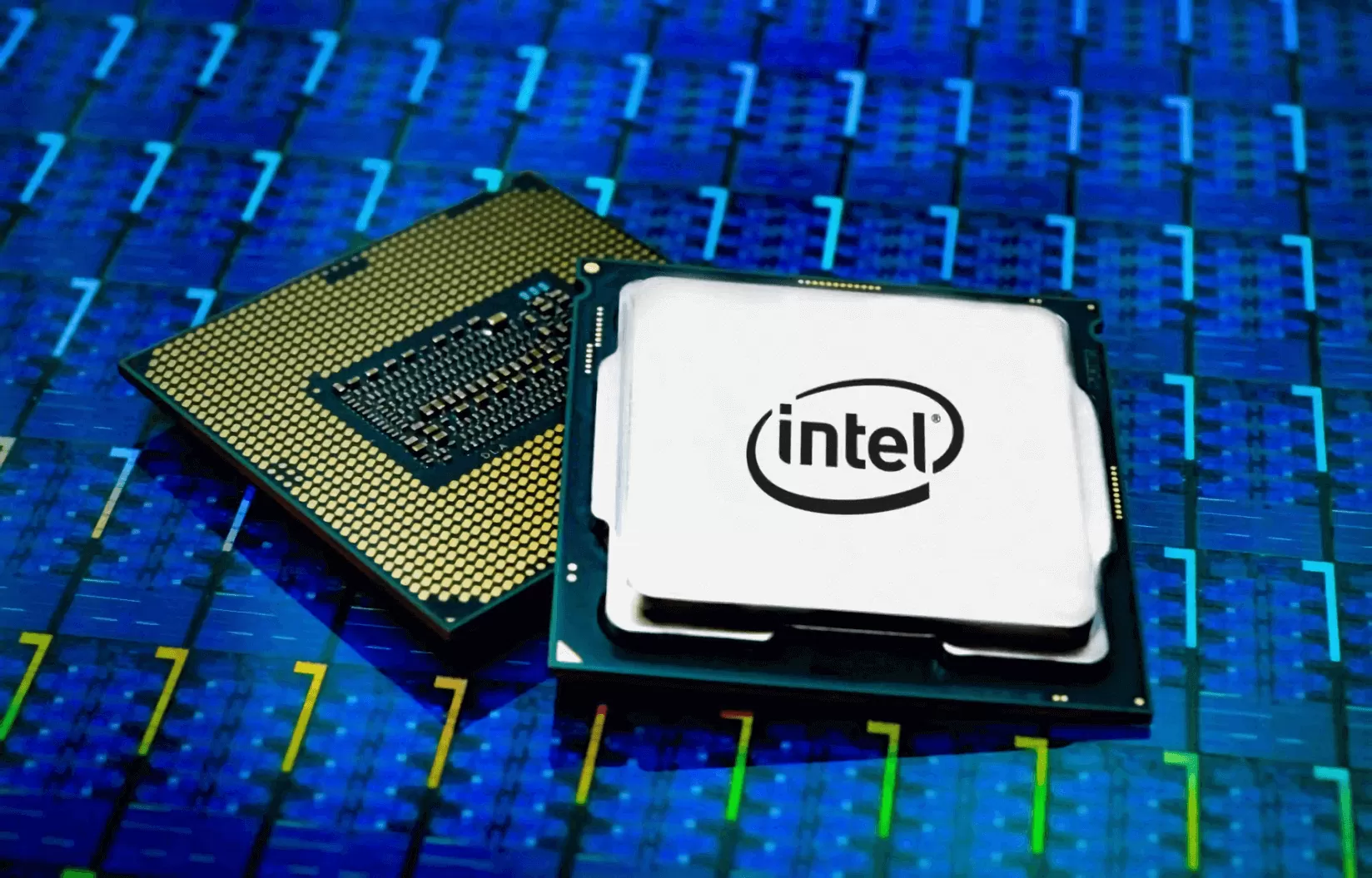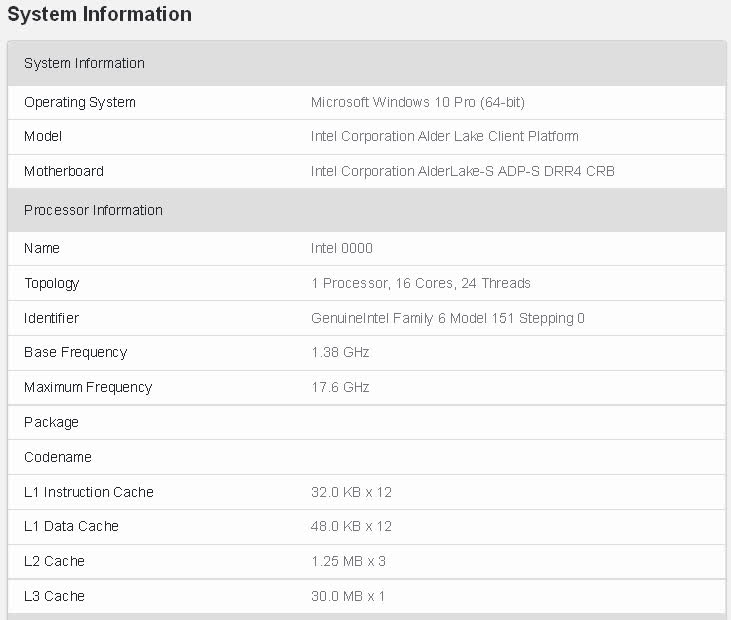In brief: Geekbench 5 scores for Intel's upcoming Alder Lake-S CPU have turned up online. The benchmarks are sub-stellar but not unexpected from an early engineering sample (ES). Mostly the sighting confirms what we already suspected and firms up the possibility for a Q4 2021 release.

There has been another sighting of Intel's elusive 12th-gen Alder Lake-S CPU. Notable hardware leaker @Tum_Apisak spotted the silicon's benchmark scores uploaded to the Geekbench database Monday evening.
The Geekbench 5 results list it with 16 cores/24 threads running at 1.4GHz, consistent with a previous sighting on the SiSoft Sandra benchmarking database back in October. The Alder Lake CPU scored 996 in single-core tests and 6931 for multi-core. Performance is nothing to get excited about, but keep in mind that this is a very early engineering sample. Intel's production die is likely to have a much higher clock speed.

So far, details have been vague regarding Intel's next-gen Alder Lake CPU lineup. In May, a supply-chain leak indicated that the new chipset would support the LGA 1700 socket. The following month a leaked internal memo out of Intel confirmed the switch. Photos also surfaced in October indicating as much. The Geekbench tests were run on an Intel Alder Lake-S ADP-S DDR4 CRB LGA 1700 socketed motherboard.
Previous leaks indicated that this Alder Lake-S chip comprises eight Golden Cove cores with 16 threads and eight Gracemont cores with eight threads on a 10nm die. This configuration is similar to Arm's big.LITTLE design, combining eight high-powered cores with eight energy-efficient ones. The CPU also features 30 MB of L3 cache and 12.5 MB of L2 cache. The iGPU has 256 shader cores at 1.15 GHz running on Intel's Xe LP graphics engine.
We still have no official word on a possible timeframe for production and release, but as we are starting to see ES versions popping up, we suspect Intel is shooting for a late 2021 launch.
https://www.techspot.com/news/88110-intel-10nm-alder-lake-s-cpu-engineering-sample.html